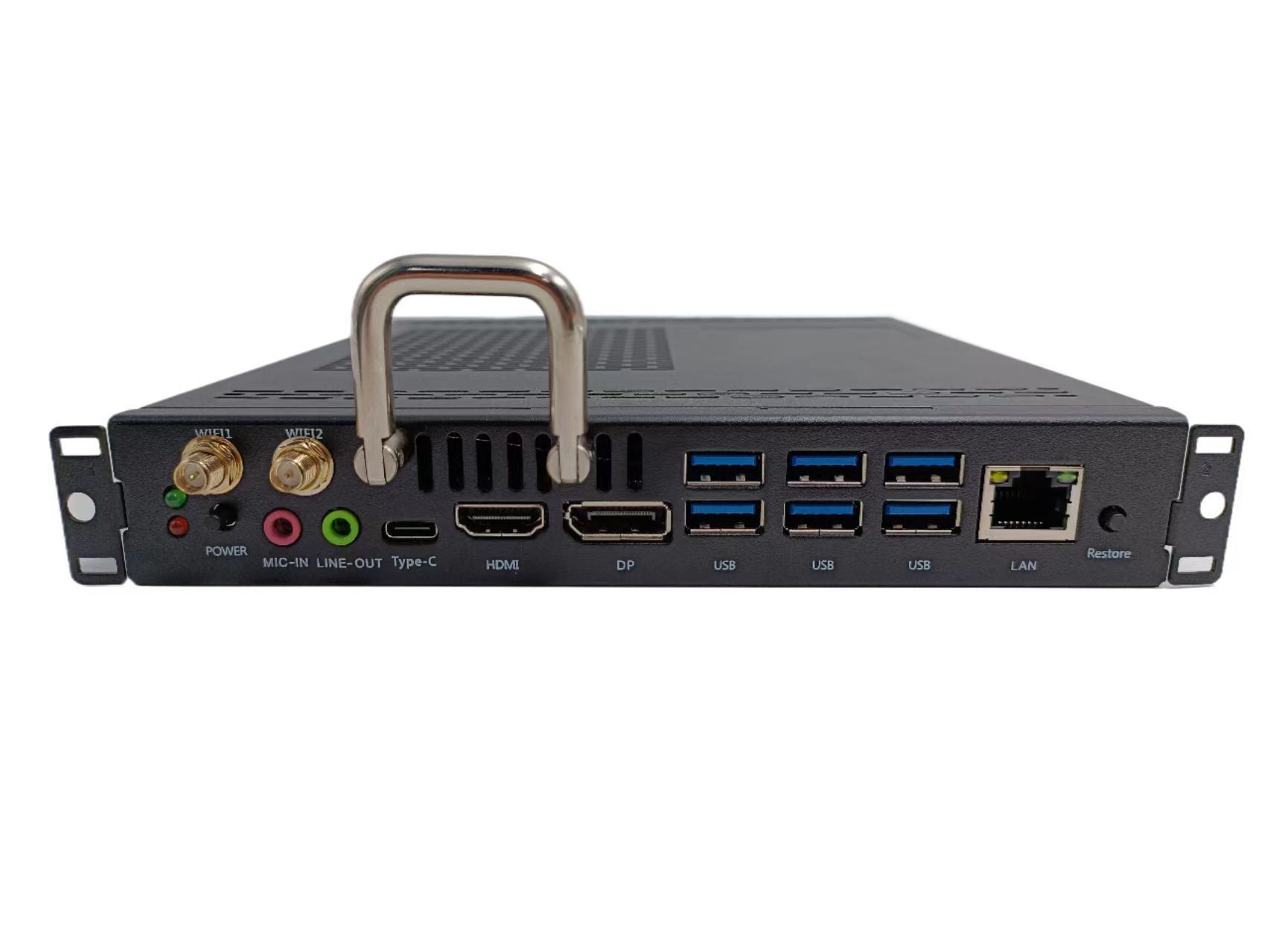Facial recognition technology is a biometric technology based on facial features for identity recognition, mainly including facial image acquisition, facial localization, facial recognition preprocessing, identity confirmation, and identity query. This technology combines biology and psychology. Knowledge and related technologies from multiple fields such as cognition, pattern recognition, image processing, and computer vision can be widely applied in various scenarios such as identity authentication, identity recognition, access control, security monitoring, and human-computer interaction.
Due to the epidemic, traditional registration and management of mobile population have become difficult to prevent and control the epidemic. At present, many communities, hospitals, train stations, libraries, gyms and other places with relatively high personnel mobility will register key epidemic prevention information such as the identity information, body temperature, recent health status, and travel trajectory of incoming and outgoing personnel. If traditional registration methods are used, paper forms are generally used for registration, but the drawbacks are still obvious, mainly reflected in the following aspects:
1. The low efficiency has led to long queues and dense crowds of personnel at the registration office, which is not conducive to epidemic prevention and control.
2. For manually registered information, data management and continuous tracking management cannot be carried out.
3. Manually registering information increases the risk of virus cross infection if many people touch paper and pen.
In this context, we urgently hope to have new solutions to improve the efficiency of epidemic prevention and control, and reduce the risk of cross infection caused by intensive personnel contact.

The facial recognition all-in-one machine is a device that integrates functions such as binocular temperature measurement facial recognition terminal, temperature detector, mask recognition, identity verification, on-site face collection, blacklist warning, person photography, and live detection. Adopting a wide dynamic high-definition facial recognition camera, it adapts to harsh environments such as strong light, backlight, and low light, with fast recognition speed and high accuracy. The facial recognition all-in-one machine has the following characteristics:
1. Integration of identity verification and temperature detection, data can be quickly and effectively correlated.
2. Intelligent temperature measurement and information registration improve work efficiency.
3. Visualize epidemic prevention and ensure traceability of registered personal information data.
4. Real time monitoring of the health code status of incoming and outgoing personnel.
The emergence of facial recognition all-in-one machines can solve the drawbacks of manual information registration, greatly improving the efficiency of epidemic prevention and control, and is a good helper for epidemic prevention and control.







.png)












